An engineer's diary
- Sort condition
- Newest first
- Oldest first
- Large number of views
-
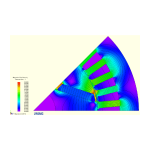
[No. 83] Steady-state short-circuit operation of a PM brushless machine
One of the most important test conditions for a brushless permanent-magnet machine is the steady-state short-circuit condition, sometimes called the ‘sustained’ short-circuit.
-
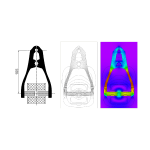
[No. 82] Electromagnetic nutcracker
Powersys has just announced a seminar on the use of JMAG ‘to simulate, optimize, and co simulate the most critical small components: frameless motors, actuators, encoders, and bey…
-
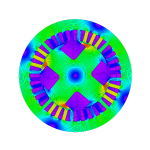
[No. 81] Flummoxed by Flux-Waves?
Electric machine engineers often speak of the flux wave in the air-gap of an electric machine, yet when we look at a flux-plot such as Fig. 1 we cannot see it.
-
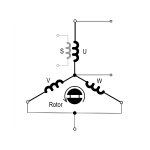
[No. 80] The Shadow-Winding
The shadow-winding is useful for measuring generated EMF and inductance in prototype electric machines. Typically it consists of a complete phase winding wound in the same slots a…
-
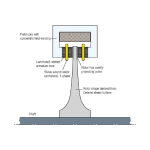
[No. 79] The Alexanderson Alternator — An Axial-flux Marvel
Alexanderson alternators had these design parameters: Electric machine designers will surely look on these figures with admiration—even with astonishment—given that the era of the…
-
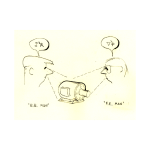
[No. 78] Atomic Simulation
Atomic simulation — Imagine the simulation of a system or an electric machine atom by atom, indivisible particle by indivisible particle, in which there is one discrete finite ele…
-
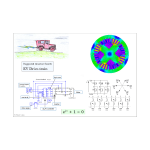
[No. 77] Mathematics in Action
In a recent session of the Biggar Science Café entitled Mathematics in Action, I found it very easy to borrow some examples of applied mathematics from the world of modern automot…
-

[No. 76] Maxwell’s Apprentice and the Flux Gusher
Video 54 introduced a short series of three or four videos with an attempt to compare flux-linkage captured at the terminals of an electric machine with oil captured at the well-h…
-

[No. 75] What finite-element analysis can and cannot do
Is FE Man telling the truth? Let’s pretend somebody has sued him for making false claims. We’re in the High Court, and the lawyers pose two carefully-worded questions: 1 Can the f…
-
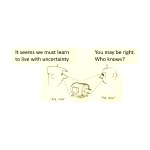
[No. 74] Uncertainties in design calculations for electric machines
Although these are the words of a forlorn princess wringing her hands in a castle, concerned about uncertainties in her design space, they could surely have been expressed by any …
-
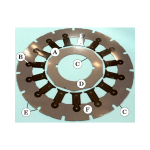
[No. 73] Butt joints and other gaps in electric machines
There are several gaps and joints (or interfaces) in any electric machine, and we can classify them as follows. A. Intended gaps. The air-gap between the stator and the rotor is t…
-
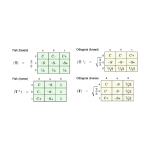
[No. 72] Properties of the dq-axis transform
In any system of calculations using dq-axis theory for synchronous machines, the question will arise, as to which transform should be used. The two transforms shown in Fig. 1 are …
-
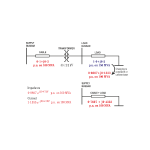
[No. 71] p.u.
The first time I saw the expression “p.u.” was in an examination paper on electric power-systems, when I was a student-apprentice. Fortunately it was the previous year’s paper, no…
-
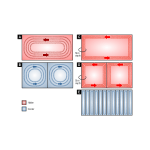
[No. 70] Don’t make your eddy-currents angry !
Imagine a block of permanent magnet material in an IPM, Fig. 1. Our line of sight is parallel to the direction of magnetization, at right angles to the plane of the diagram.
-
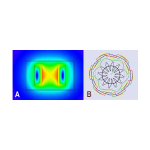
[No. 69] Animation
The educational and commercial importance of animation can hardly be overstated. We see it almost everywhere, and it now has a significant role in even the most traditional areas …
-
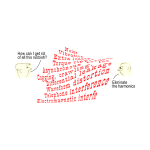
[No. 68] Torque waves (and the insane simplicity of the torque equation)
Smooth torque. Isn’t that what we get from electric machines? They certainly appear to produce smooth torque. Unlike internal combustion engines, they have no flywheels or balanc…


